Table of Contents
- 2021 Usps Postage Rate Chart Printable / The usps announced monday that ...
- Dimensional Weight Calculator | USPS, DHL, UPS, FedEx
- Weight — Postimages
- Usps Postage Weight Chart
- Usps Postage Weight Chart
- Weight Conversion Chart Download Printable PDF | Templateroller
- Usps Postage Weight Chart
- Weight Conversion Chart
- Size and weight
- Us Postal Weight Chart 2024

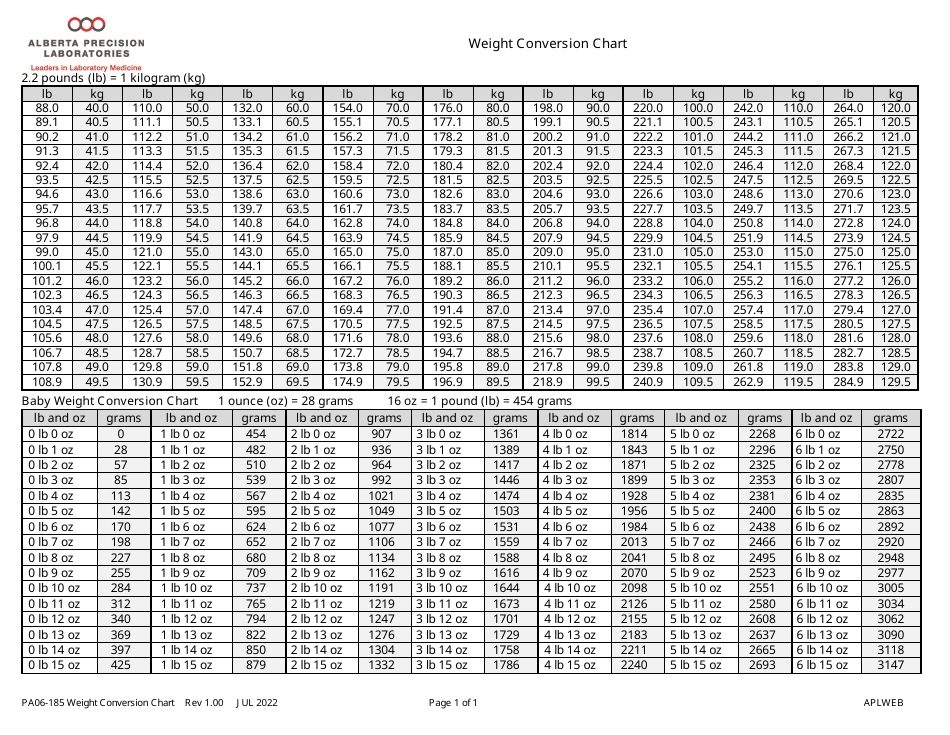

What is Weight in Postal Explorer?
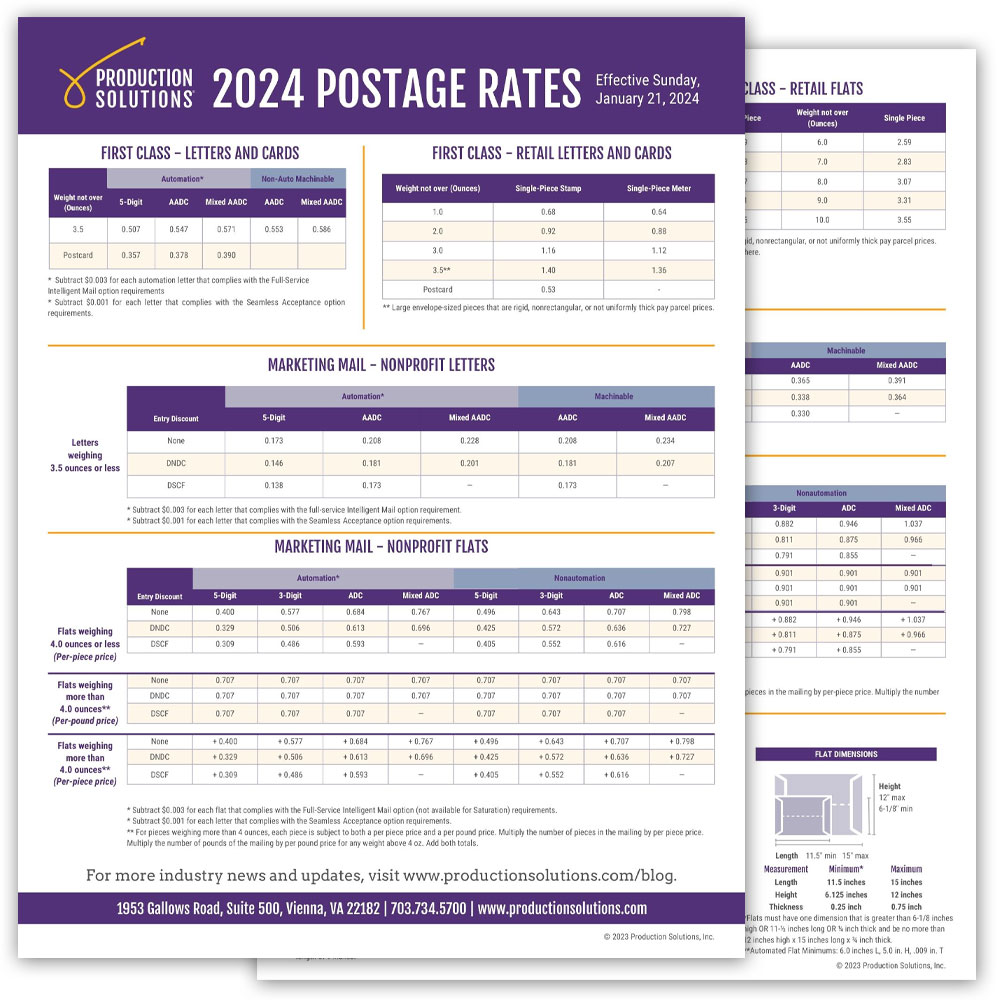

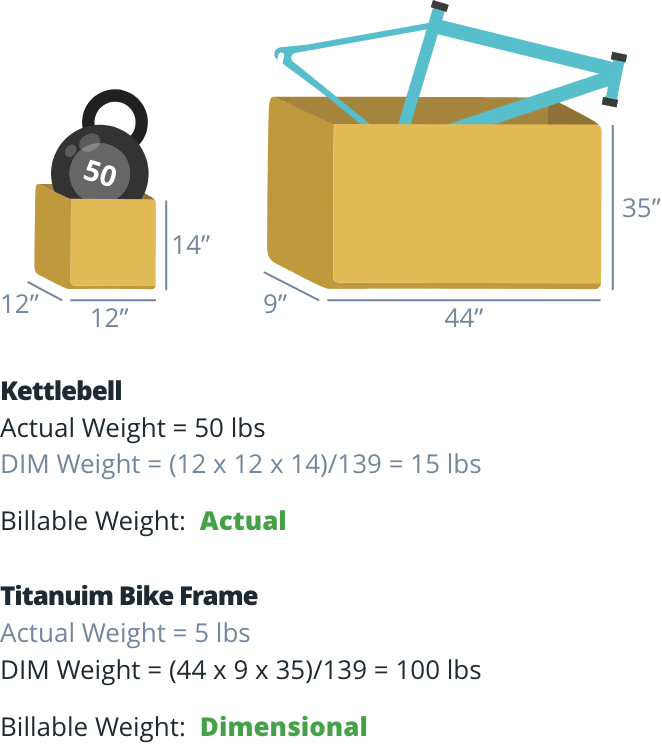
How is Weight Measured in Postal Explorer?
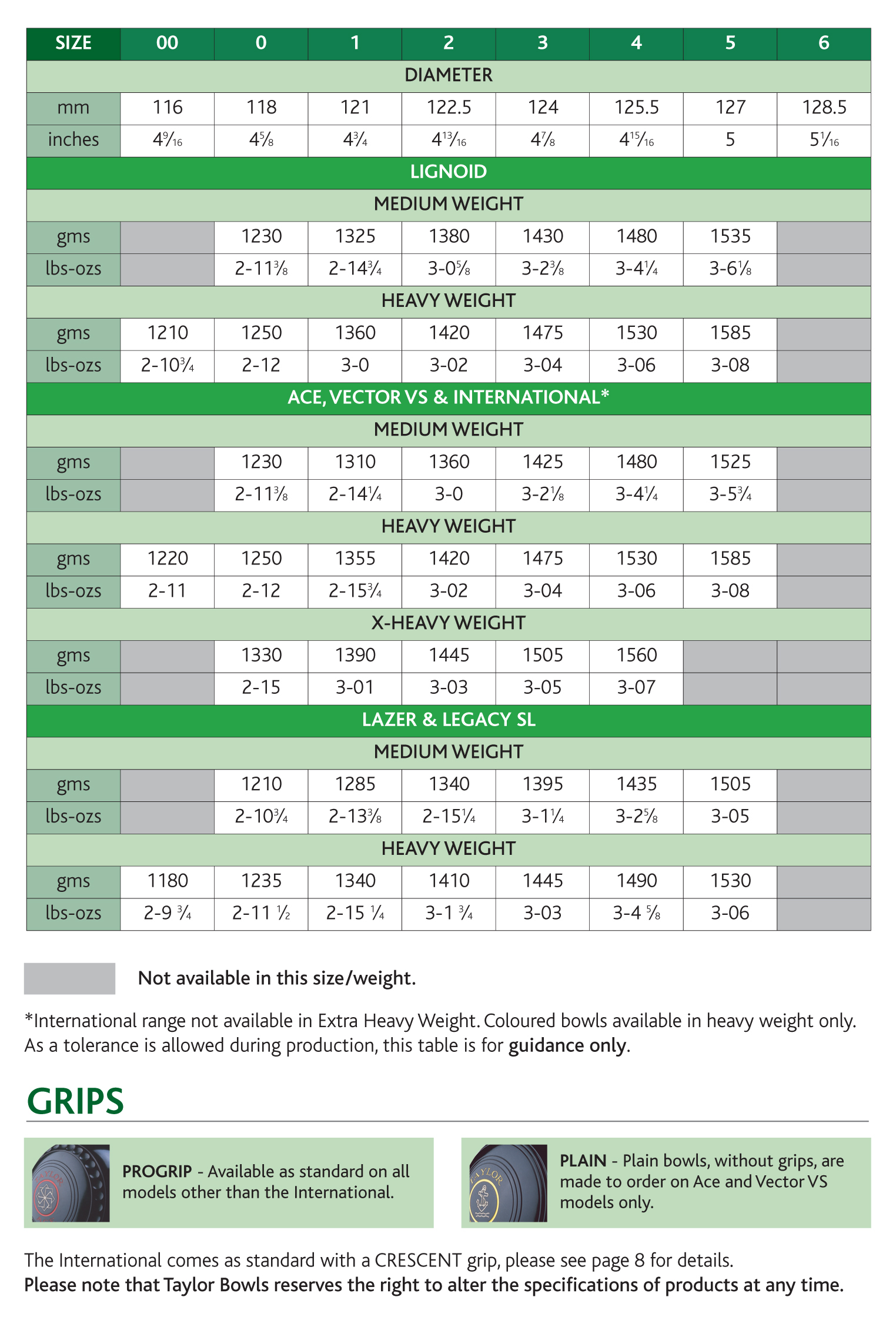

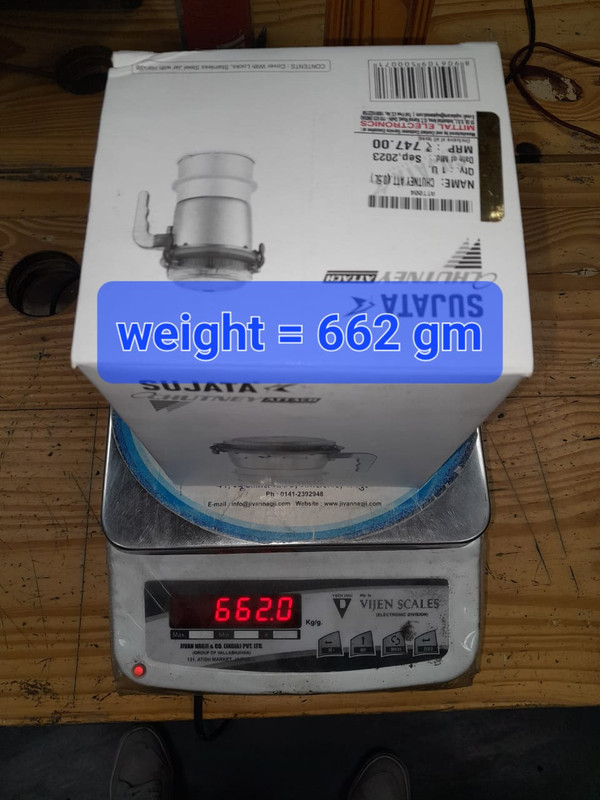
Why is Weight Important in Postal Explorer?
Weight plays a vital role in Postal Explorer, and it can affect your mailing experience in several ways: Shipping Cost: The weight of your package directly impacts the shipping cost. Heavier packages cost more to ship, so it is essential to accurately measure the weight to avoid any additional costs. Shipping Method: The weight of your package can also determine the shipping method. For example, packages that weigh over 70 pounds may require a different shipping method, such as freight shipping. Delivery Time: The weight of your package can also affect the delivery time. Heavier packages may take longer to deliver, especially if they require special handling or equipment.
Tips for Accurate Weight Measurement in Postal Explorer
To ensure accurate weight measurement in Postal Explorer, follow these tips: Use a Digital Scale: Digital scales are more accurate than traditional balances, and they can provide precise weight measurements. Calibrate Your Scale: Regularly calibrate your scale to ensure that it is accurate and functioning correctly. Measure Weight Carefully: Measure the weight of your package carefully, and ensure that the package is placed on the scale correctly. Use USPS Resources: Use the USPS website or mobile app to estimate the weight of your package, but always use a physical scale for accuracy. In conclusion, weight is a critical factor in Postal Explorer, and it can significantly impact the cost and delivery time of your packages. By understanding how to measure weight accurately and using the tips outlined in this article, you can ensure a smooth and efficient mailing experience. Remember to always use a digital scale, calibrate your scale regularly, and measure weight carefully to avoid any discrepancies or additional costs. With accurate weight measurement, you can enjoy fast, reliable, and cost-effective shipping with Postal Explorer.By following these guidelines, you can master the art of weight measurement in Postal Explorer and take your mailing experience to the next level. Whether you are a business owner or an individual, understanding weight in Postal Explorer can help you save time, money, and effort. So, the next time you need to send a package, remember to measure the weight accurately and enjoy a hassle-free mailing experience.